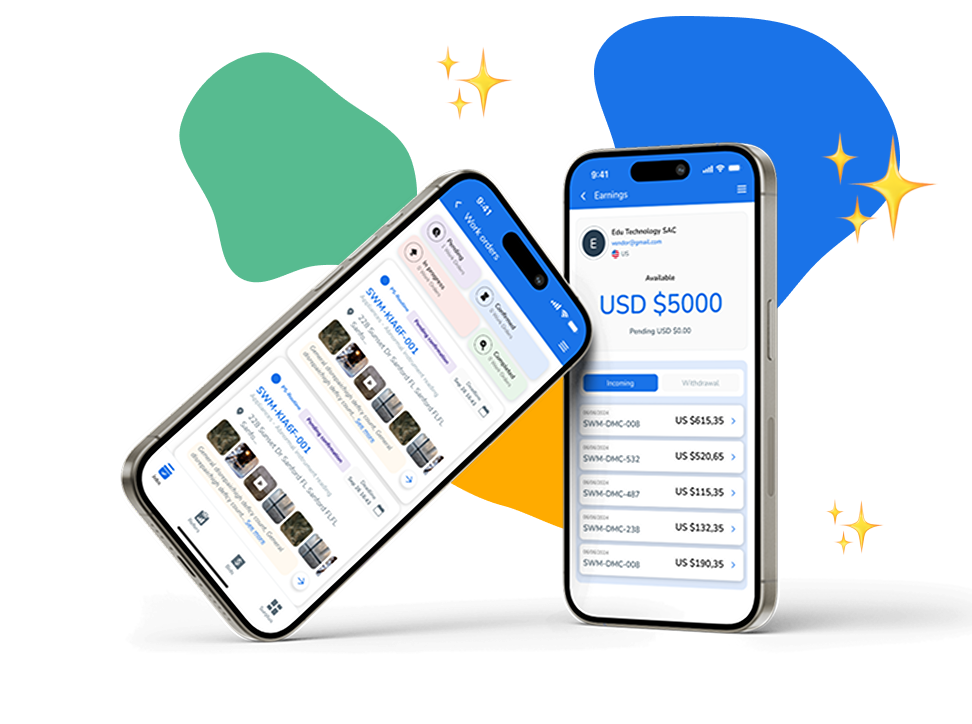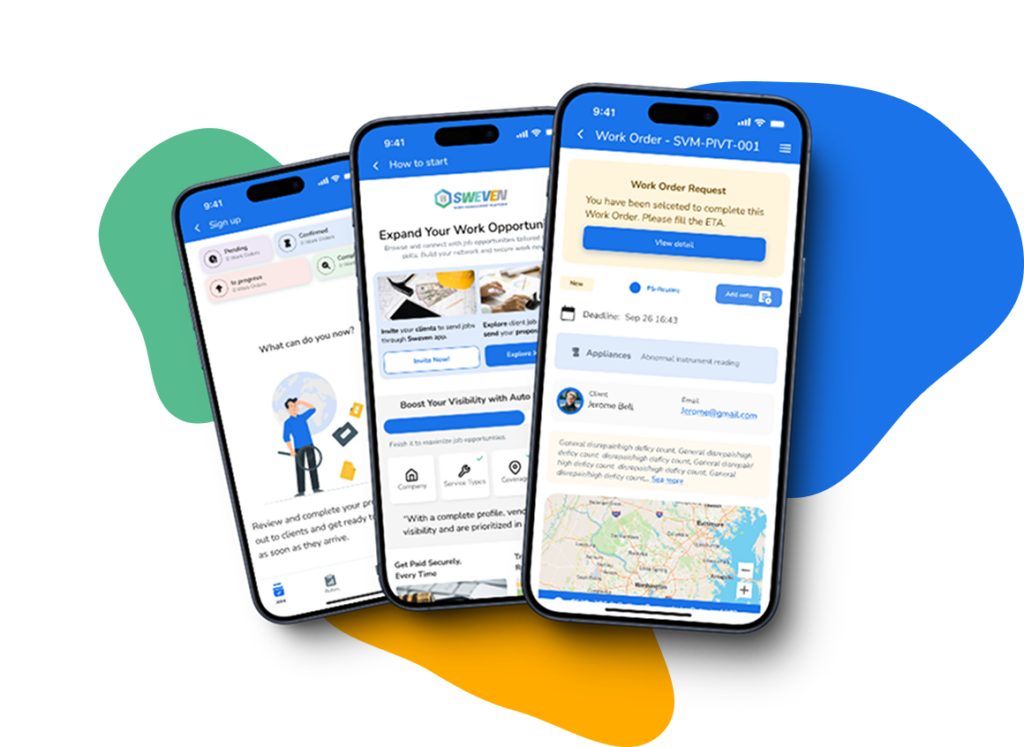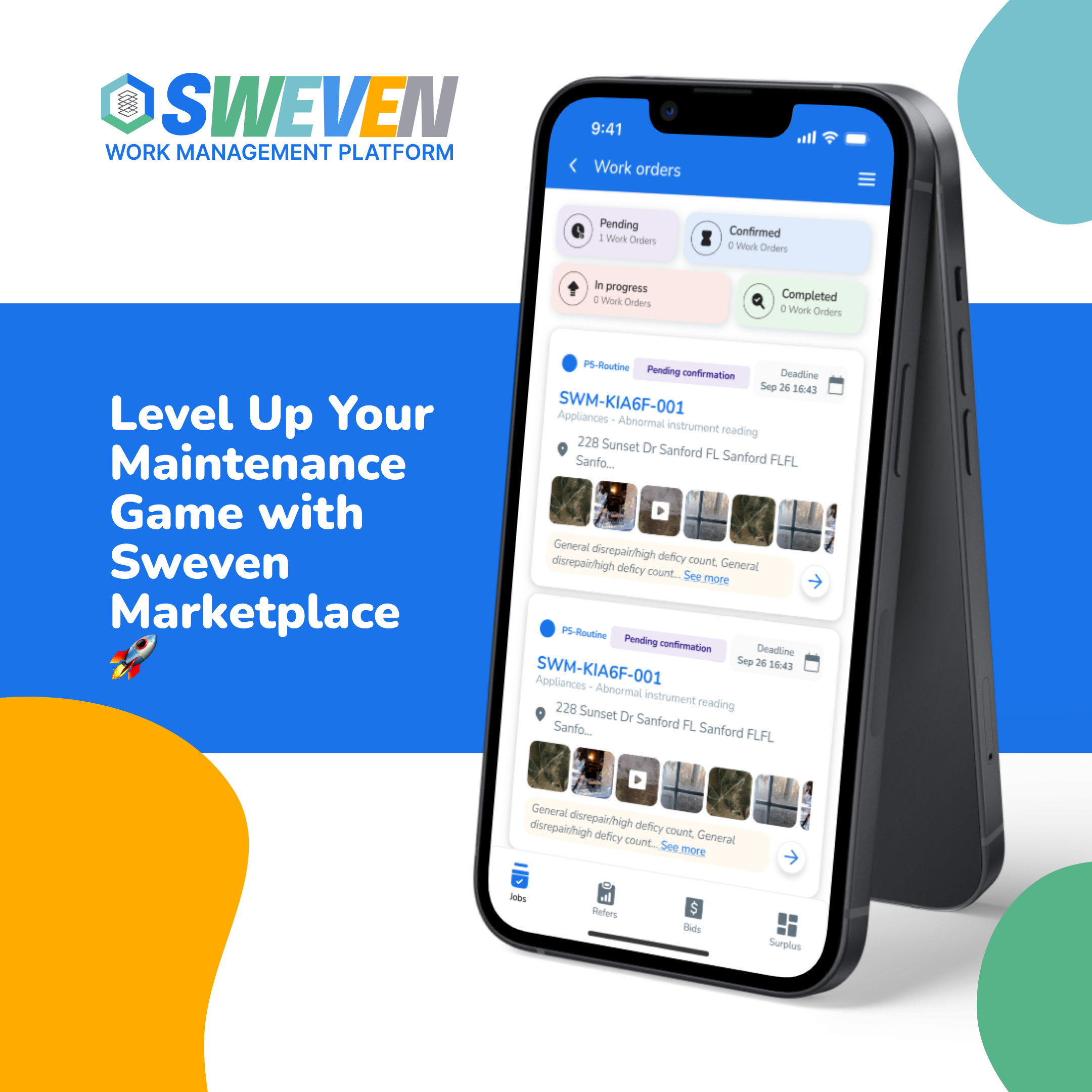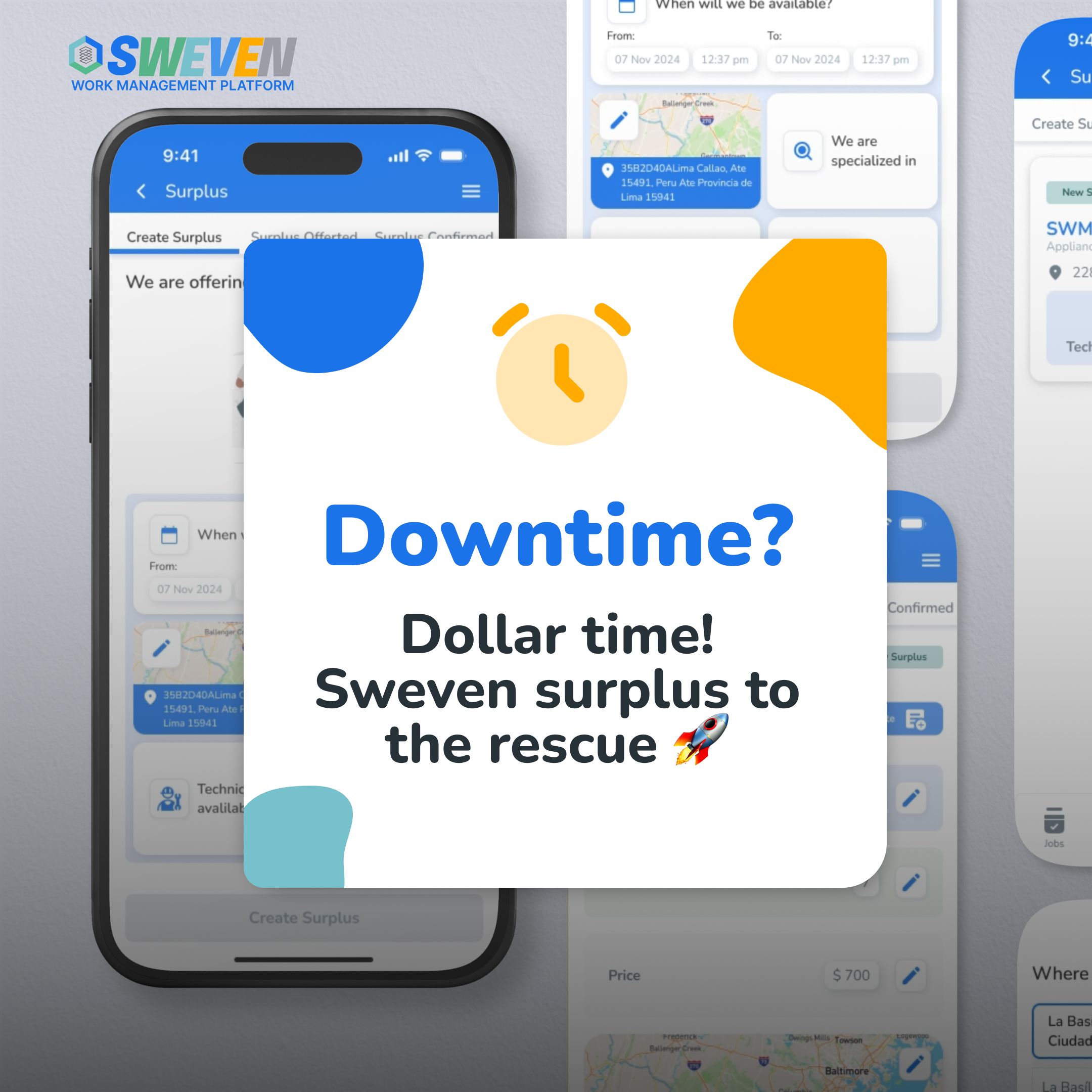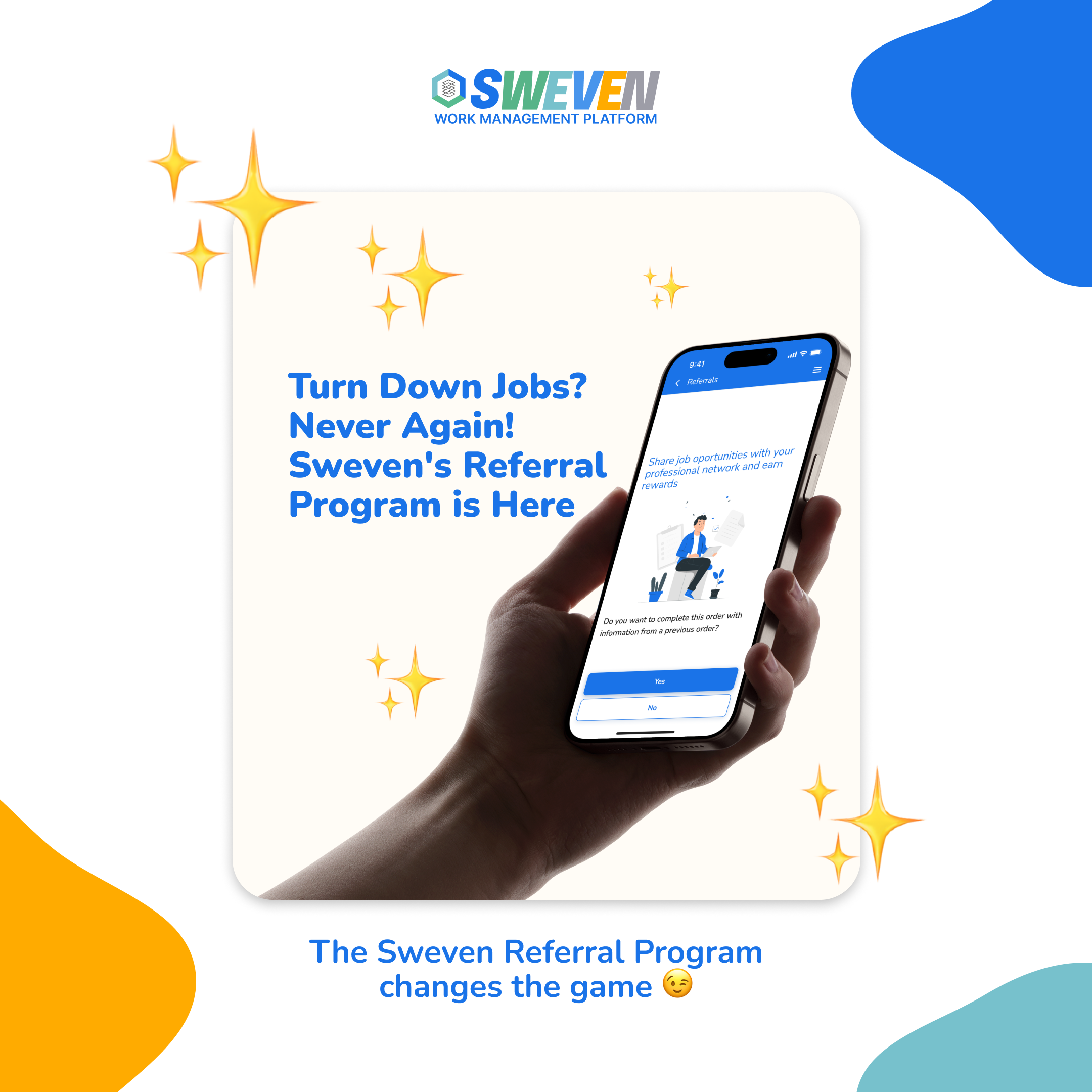In the realm of facilities maintenance, vendors play a pivotal role in ensuring smooth operations and optimal functionality. Yet, the challenge of coordinating with multiple vendors while maintaining efficiency persists as a common pain point for businesses. From scheduling repairs to conducting routine inspections, the complexities can overwhelm even the most organized of operations. However, with the right approach to vendor management, these challenges can be overcome, paving the way for seamless collaboration and effective maintenance. In this blog post, we’ll explore how vendors can streamline communication flows, integrate effective tools, and foster collaboration to elevate facilities maintenance efficiency.

Understanding the Pain Point
For vendors in the facilities maintenance industry, the struggle to coordinate with multiple clients while delivering top-notch service is all too familiar. Each client may have unique requirements, schedules, and communication preferences, making it difficult to maintain consistency and efficiency across the board. Additionally, the lack of centralized communication and tracking systems can lead to miscommunications, delays, and missed opportunities for proactive maintenance.
Solution: Streamlining Communication Flows
Effective communication lies at the heart of successful vendor management. By streamlining communication flows, vendors can ensure that information is exchanged promptly, accurately, and comprehensively. Here are some strategies to achieve this:
1. Centralized Communication Platform**: Utilize a centralized platform, such as a project management tool or communication software, to consolidate all communication channels. This allows for real-time messaging, file sharing, and task assignment, keeping everyone on the same page.
2. Clear Channels of Communication**: Establish clear channels of communication with each client, including preferred methods of contact, escalation procedures for urgent matters, and designated points of contact. This clarity helps minimize misunderstandings and ensures timely responses.
3. Regular Updates and Reporting**: Provide regular updates and reporting on maintenance activities, including work progress, completed tasks, and upcoming schedules. This transparency builds trust and confidence in the vendor-client relationship.

Integration of Effective Tools
In today’s digital age, leveraging technology is essential for optimizing efficiency and productivity. Vendors can integrate various tools and software solutions into their operations to streamline processes and enhance performance. Here are some key tools to consider:
1. Maintenance Management Software: Invest in a comprehensive maintenance management software that enables efficient work order management, scheduling, and tracking of maintenance activities. This centralized platform simplifies administrative tasks and provides valuable insights into performance metrics.
2. Mobile Applications: Equip field technicians with mobile applications that allow them to access work orders, record job status updates, and capture relevant data onsite. This enhances productivity by eliminating the need for manual paperwork and enabling real-time communication with the central office.
3. IoT Sensors and Monitoring Systems: Embrace IoT sensors and monitoring systems to proactively detect equipment failures, monitor asset performance, and predict maintenance needs. By leveraging data analytics and predictive maintenance algorithms, vendors can minimize downtime and maximize equipment uptime.

Fostering Collaboration
Collaboration is the cornerstone of effective vendor management. By fostering a culture of collaboration with clients and other stakeholders, vendors can enhance communication, streamline processes, and deliver exceptional service. Here are some strategies to promote collaboration:
1. Regular Meetings and Check-Ins: Schedule regular meetings and check-ins with clients to discuss maintenance priorities, address concerns, and align on expectations. These interactions facilitate open communication and foster a collaborative partnership.
2. Knowledge Sharing and Best Practices: Share industry insights, best practices, and lessons learned with clients to demonstrate expertise and add value to the relationship. By acting as a trusted advisor, vendors can position themselves as strategic partners rather than mere service providers.
3. Feedback Mechanisms: Implement feedback mechanisms, such as satisfaction surveys or post-service reviews, to solicit feedback from clients and identify areas for improvement. This feedback loop enables continuous learning and refinement of services to better meet client needs.

Conclusion
In conclusion, mastering vendor management is essential for vendors in the facilities maintenance industry to thrive in today’s competitive landscape. By streamlining communication flows, integrating effective tools, and fostering collaboration, vendors can overcome the challenges of coordinating with multiple clients and deliver efficient, high-quality maintenance services. Embracing technology, cultivating strong client relationships, and prioritizing transparency are key to achieving success in vendor management. With the right approach, vendors can elevate facilities maintenance efficiency and position themselves as trusted partners in their clients’ operations.



